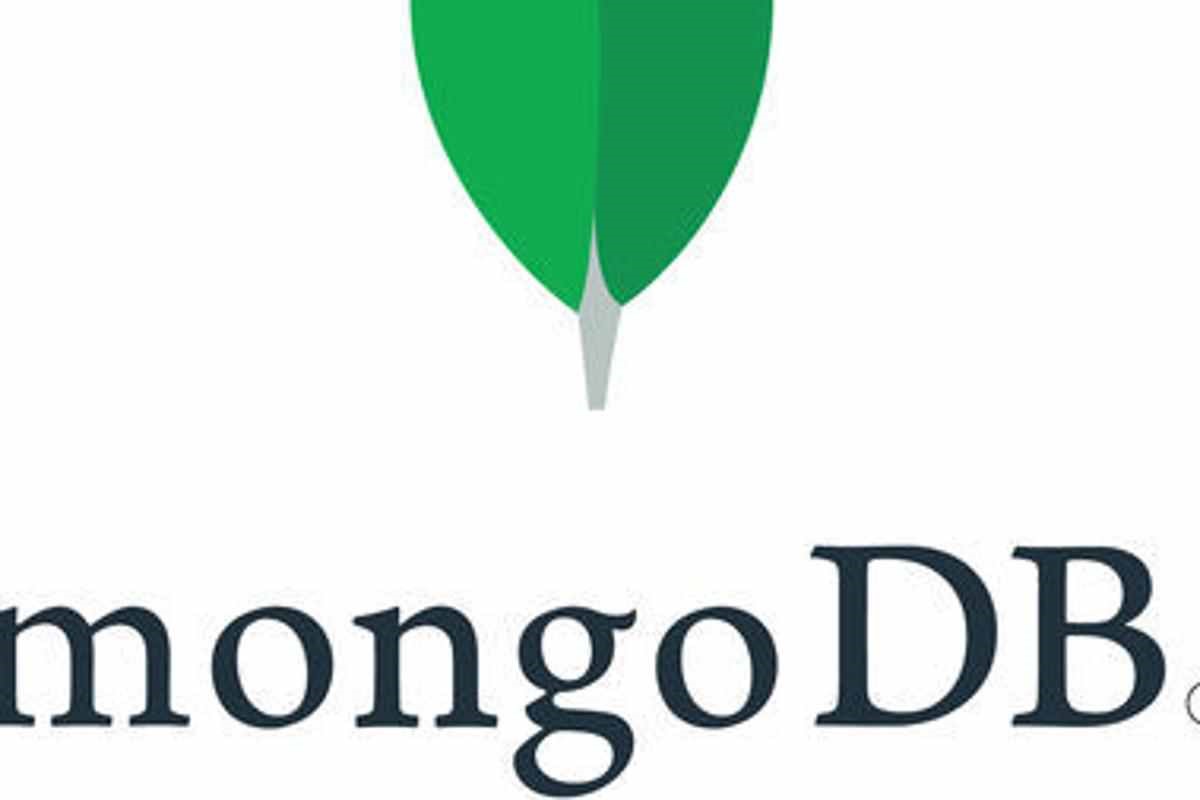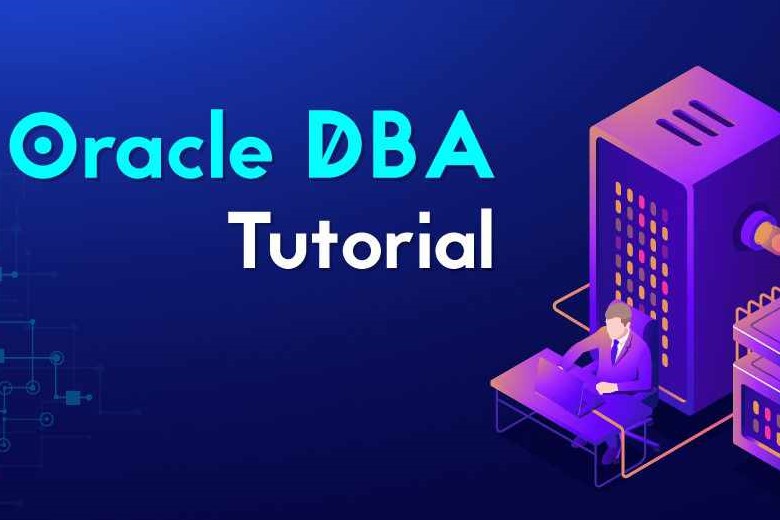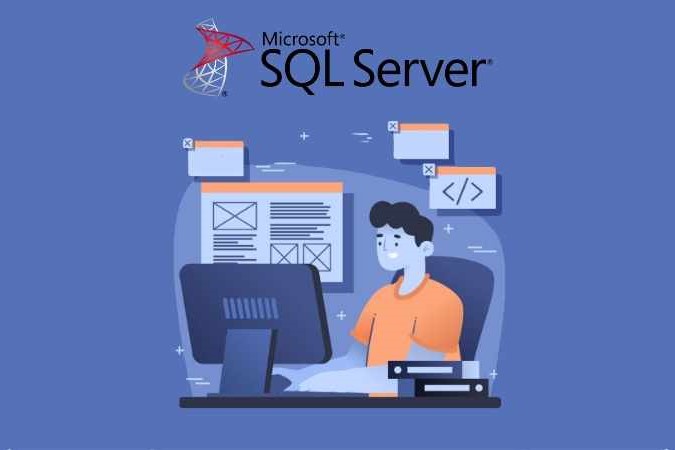Course Information
- Course Price $250
- Total Students 800+
- Course Duration 4 Weeks
Description
MongoDB is an open source database which applies a document-oriented model. Instead of using the tables and rows as in relational databases, it applies collections and documents. The document comprises key value pairs which take the role of the fundamental unit of data for MongoDB. It was conceived for handling a massive amount of data.
Who can Attend MongoDB Certification Training?
These candidates can benefit from the course:
- Database Architects
- Software Developers
- Database Professionals
- Database Administrators
- Software Architects
- Project Managers
- IT developers
- IT Testers
- System Administrators
- Research professionals
- Mainframe, data professionals
- Business Intelligence, Analytics, and Data warehousing Professionals
Benefits
- MongoDB is the most leading NoSQL database, with substantial adoption in several companies around the world.
- Developers embrace it to a great extent because it is simple to get started and apply. Moreover, it boosts productivity.
- MongoDB has eliminated the schema barrier, which lets developers concentrate on building applications and not databases.
- MongoDB also has extensive support for every language that is relevant to the future of the web including C, C++, JavaScript, C#, etc.
- MongoDB has turned out to be one of the significant aspects of Mean stack technology.
- Agility is also one of the critical strengths of MongoDB. As far as dealing with massive databases is concerned, MongoDB is supposed to be highly efficient.
- The robust schema of MongoDB provides you the flexibility to change your data schema without changing any of the existing data,
- MongoDB can be horizontally scalable, which assists in decreasing the workload and scaling your business with convenience.
- The database of MongoDB doesn’t need a database administrator. Due to this user-friendly nature, it can be utilized by both administrators and developers.
- You can include new columns or fields on MongoDB without harming existing rows or application performance.
- MongoDB’s speed automatically rises as it is taking care of a vast amount of unstructured data in less time.
Syllabus
Introduction to NoSQL Database
- What in NoSQL?
- Difference between NoSQL and RDBMS
- Benefits of NoSQL
Introduction & Overview of MongoDB
- Objectives
- Design Goals.
- The Mongo Shell
- JSON Introduction
- JSON Structure
MongoDB Installation
- Installing Tools
- Overview of Blog Project.
- Swig, Express
- Node Packaged Modules (NPM)
CRUD Operation in MongoDB
- CRUD (Creating, Reading & Updating Data) Mongo Shell
- Query Operators
- Update Operators and a Few Commands
Data Modelling
- Schema Design Pattern
- Case Studies & Trade-offs
Storage Classes
- Automatic Storage Class
- Static Storage Class
- External Storage Class
- Register Storage Class
Indexing and Performance Considerations
- Performance Using Indexes,
- Monitoring and Understanding Performance
- Performance in Shaded Environments.
Aggregation
- Aggregation Framework Goals
- The Use of The Pipeline
- Comparison with SQL Facilities.
MongoDB Replication
- Application Engineering Drivers
- Impact of Replication and Sharding On Design and Development.
Introduction to Mongoose


